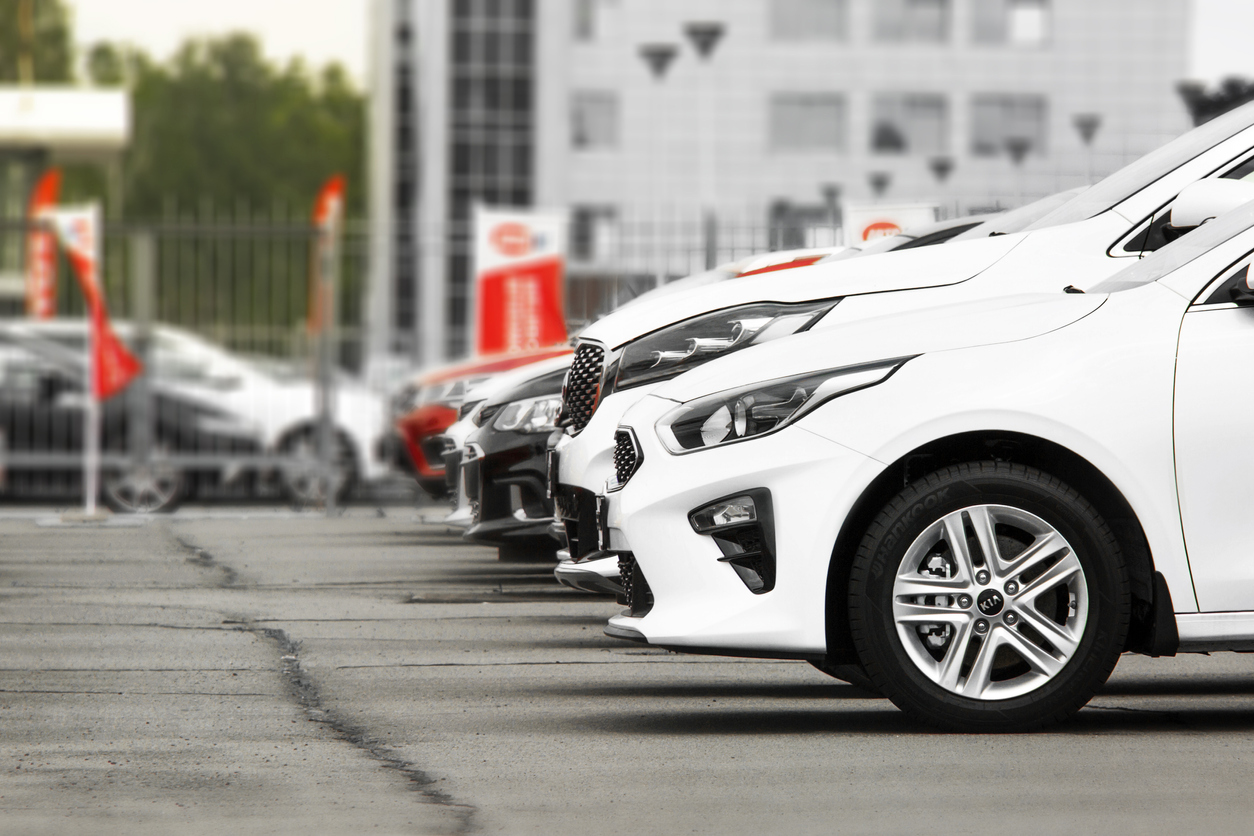
February 13, 2024
Commercial vehicles show minimal 0.1% growth, triggering concerns for the final fiscal quarter
FADA attributes commercial vehicles' slow growth to a complex scenario involving positive and hindering factors
The two-wheeler segment starts the year strong with improved availability and premium options
Growing interest in electric vehicles despite supply shortages in the two-wheeler segment

The overall auto retail market experienced a 15% annual expansion in January according to data from the Federation of Automobile Dealers Associations (FADA), . While all segments witnessed double-digit growth, commercial vehicles (CVs) recorded a modest 0.1% increase, leading to concerns about a potential decline in demand in the final quarter of the fiscal year.
In January, two-wheelers, three-wheelers, passenger vehicles, and tractors demonstrated year-on-year growth of 15%, 37%, 13%, and 21%, respectively. The minimal growth in CVs during January was attributed to a ‘complex scenario,’ as per FADA. Factors such as increased infrastructure development, port activity, and positive crop yields supported certain market segments. However, these positive aspects were counteracted by challenges such as extreme weather conditions, tightened liquidity, high vehicle costs, and more restricted financing, according to FADA President Manish Raj Singhania.
Despite the challenges, the two-wheeler segment in India had a strong start to the year due to improved vehicle availability, the introduction of new models, and a shift towards premium options. Singhania noted that a favorable trajectory for the two-wheeler sector is indicated by a good harvest, a positive marriage season, effective follow-ups, and offers. Additionally, the growing interest in electric vehicles despite supply shortages reflects evolving consumer preferences in this segment.
The three-wheeler market is experiencing increased demand for electric vehicles, with 55% of the models sold being electric. Passenger vehicles (PVs) registered a 13% year-on-year growth, reaching an all-time high retail sales figure of 3.93 lakh units in January. The surge in demand for PVs was attributed to a higher preference for SUVs, the introduction of newer models, greater availability, effective marketing, consumer schemes, and the wedding season.
However, FADA raised serious concerns about rising PV inventory levels, which now stand in the 50-55 day range. The organization called for an immediate recalibration of production from original equipment manufacturers (OEMs) to align better with actual market demand and prevent potential oversupply issues. FADA expressed apprehensions about the upcoming Lok Sabha elections in the summer, which may introduce caution among consumers. Persistent supply bottlenecks for specific high-demand models pose a risk to consistent growth across two-wheelers, commercial vehicles, and passenger vehicles.
Source: Economic Times